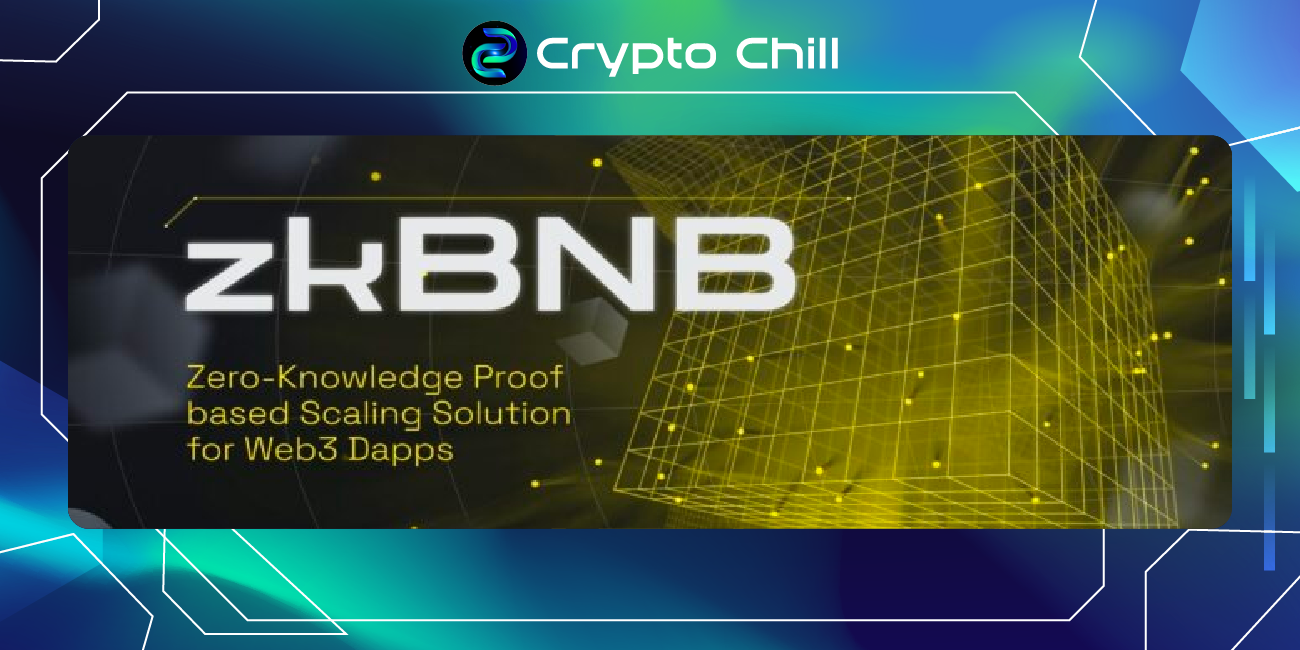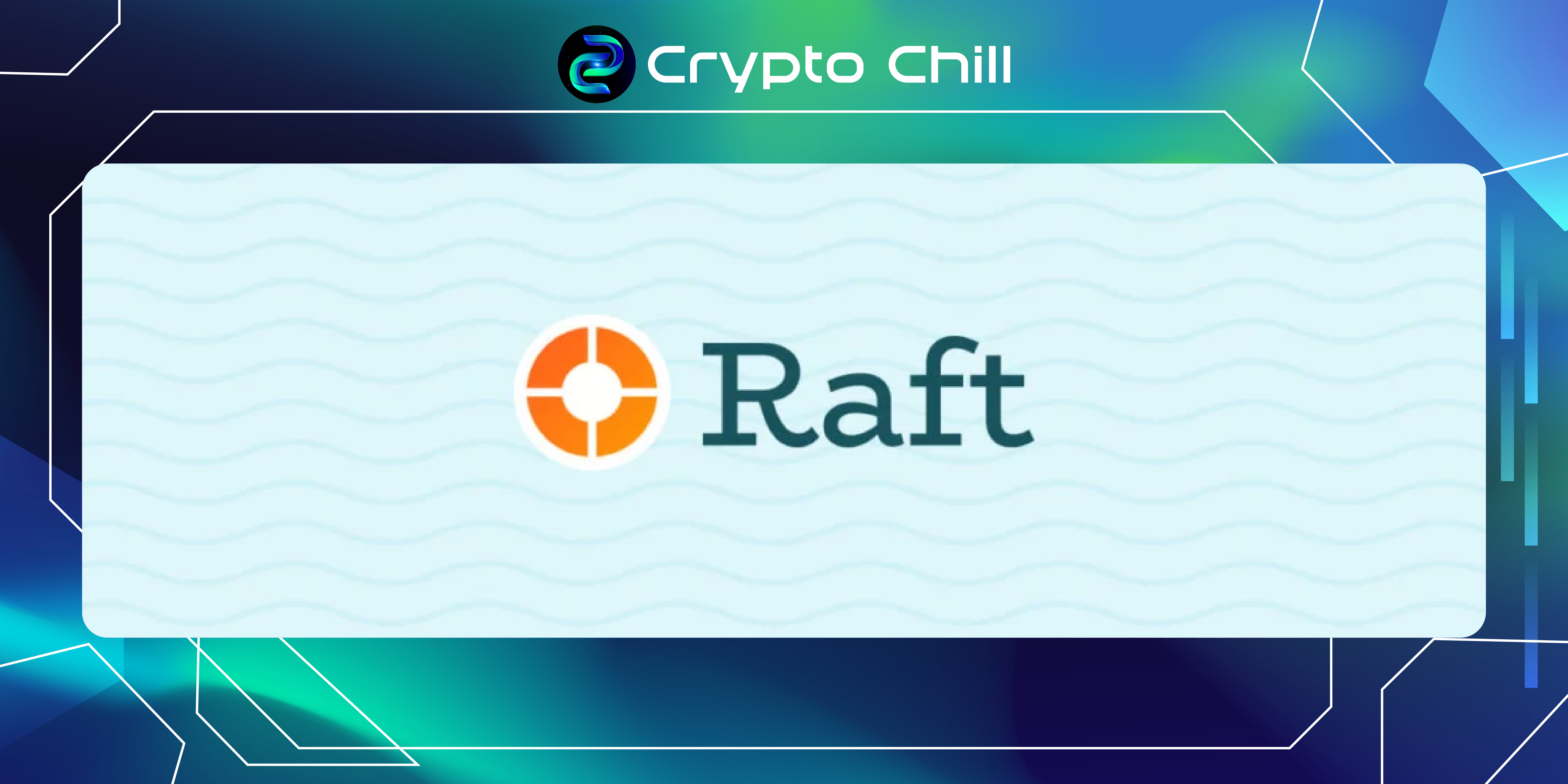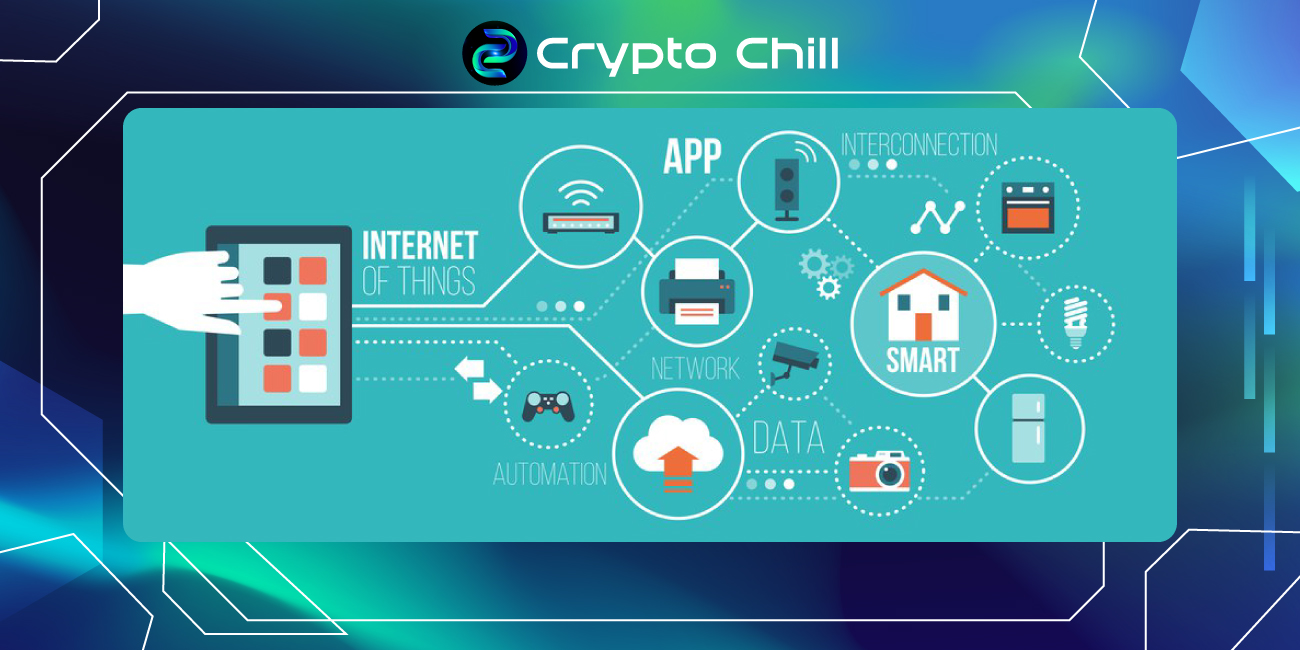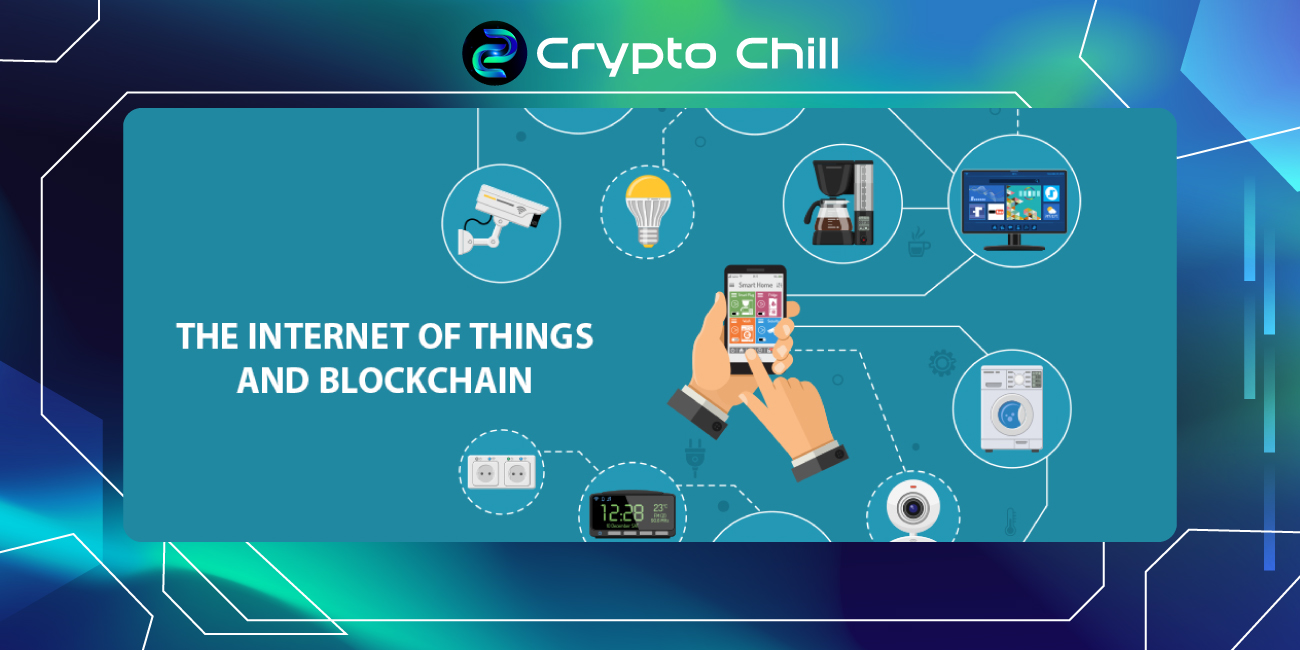The digital landscape is undergoing a remarkable transformation with the advent of decentralized media. In Part 2 of our series on the future of decentralized media, we explore the technological foundations that underpin this revolution and the potential they hold for reshaping the media landscape.
Part 1: The Rise of Decentralize Media: Reshaping Information Dissemination
Blockchain: The Technology Behind Decentralized Media
Originally developed for cryptocurrencies, blockchain technology has found its way into the world of decentralized media. This distributed ledger system provides a transparent and tamper-resistant platform for content creation and verification. By utilizing cryptographic algorithms and consensus mechanisms, blockchain ensures the immutability and integrity of media content, addressing concerns related to tampering and censorship.
Peer-to-Peer Networks: Empowering Direct Exchange
The power of peer-to-peer (P2P) networks cannot be overlooked in the realm of decentralized media. These networks enable direct information exchange among participants without the need for intermediaries. Through P2P networks, users can share media files, stream content, and communicate directly with one another. This decentralized distribution approach eliminates reliance on centralized servers, reducing the risk of single points of failure and promoting resilience, scalability, and increased access to media content.

When blockchain and P2P networks unite, they create a formidable infrastructure for decentralized media. Blockchain technology establishes trust and transparency, while P2P networks facilitate efficient content distribution. Together, they empower users, foster trust among participants, and challenge the dominance of traditional media systems.
The Transformative Power of Decentralized Media
Decentralized media has the potential to revolutionize the way information is generated, disseminated, and consumed. By democratizing the media landscape, it provides individuals and communities with greater control, access, and influence over the content they engage with.
Decentralized media platforms dismantle barriers to entry, enabling a diverse range of voices to be heard. By challenging the dominance of traditional media gatekeepers, these platforms foster inclusivity and promote a rich tapestry of perspectives, ideas, and narratives that might otherwise go unnoticed.
Blockchain technology brings transparency to decentralize media. Through its immutable record-keeping, users can independently verify the authenticity and origin of media content. This increased transparency serves as a potent weapon against misinformation, fake news, and manipulation, promoting trust among users.
Read also: What is zkBNB? Potential Scaling Solution for BNB Chain
In decentralized media, content creators are directly accountable to their audiences and the wider community. This accountability fosters responsible content creation, fact-checking, and ethical practices. By distributing authority and responsibility, decentralized media platforms challenge the traditional power dynamics and promote a more accountable media ecosystem.
Stay tuned for Part 3 of our series, where we delve into the future outlook of decentralized media. Discover what lies ahead in this transformative journey.
Disclaimer: The information in this article is not investment advice from CryptoChill. Overall, cryptocurrencies always carry many financial risks. Therefore, do your own research before making any investment decisions based on this website’s information.











No Comment! Be the first one.